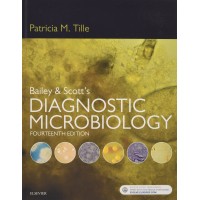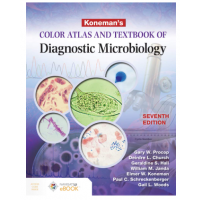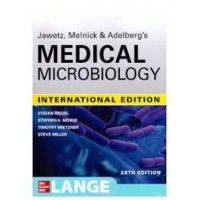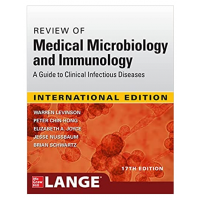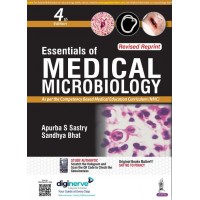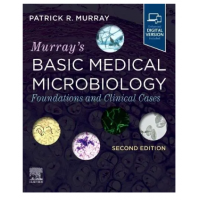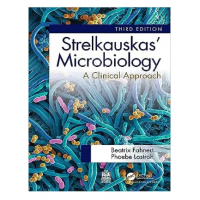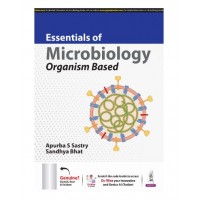Salient Features
1. Chapters that simply and clearly describe the strains of viruses, bacteria, fungi, and parasites that can bring about infectious diseases
2. Explanations of host-parasite relationship, dynamics of infection, and host response
3. A clinical case with USMLE-style questions concludes each chapter on the major viral, bacterial, fungal, and parasitic diseases
4. All tables, photographs, and illustrations are in full colour
5. Clinical Capsules cover the essence of the disease(s) caused by major pathogens
6. Margin Notes highlight key points within a paragraph to facilitate review
7. In addition to the chapter-ending case questions, a collection of 100 practice questions is also included
STUDENT-DRIVEN STUDY AIDS
Study aids are the product of a Student Advisory Group
1. Boxed narrative OVERVIEW opening each disease-oriented chapter or major section
2. Highlighted MARGINAL NOTES judged to be “high yield” for Step 1 preparation
3. Bulleted lists of KEY CONCLUSIONS at the end of major sections. A THINK - APPLY feature randomly inserts thought-provoking questions into the body of the text, which are answered at the bottom of the page. These new features are explained in detail and illustrated on pages iv and v.
4. The back of the book includes two more review tools. o Infectious Diseases: Syndromes and Etiologies is a set of tables that brings together the infectious agents (viruses, bacteria, fungi, parasites) discussed separately in Parts II through V as probable causes of the major infection syndromes (pneumonia, arthritis, diarrhoea, etc. o 100 Practice Questions are in USMLE format and in addition to the ones at the end of earlier chapters.
5. Market: Medical students taking microbiology courses
6. 300 illustrations
7. Copy has been condensed to make the book more portable and inviting to read, with additional content available online




